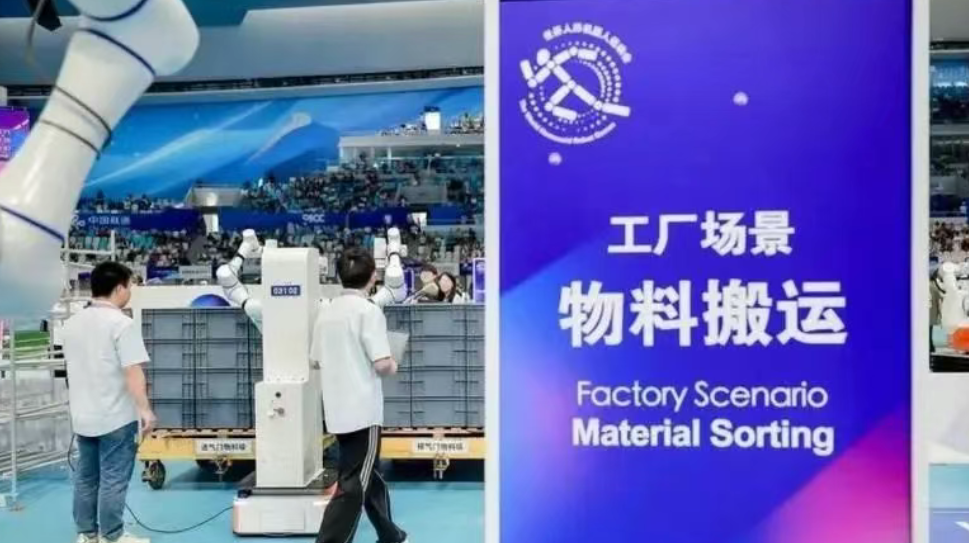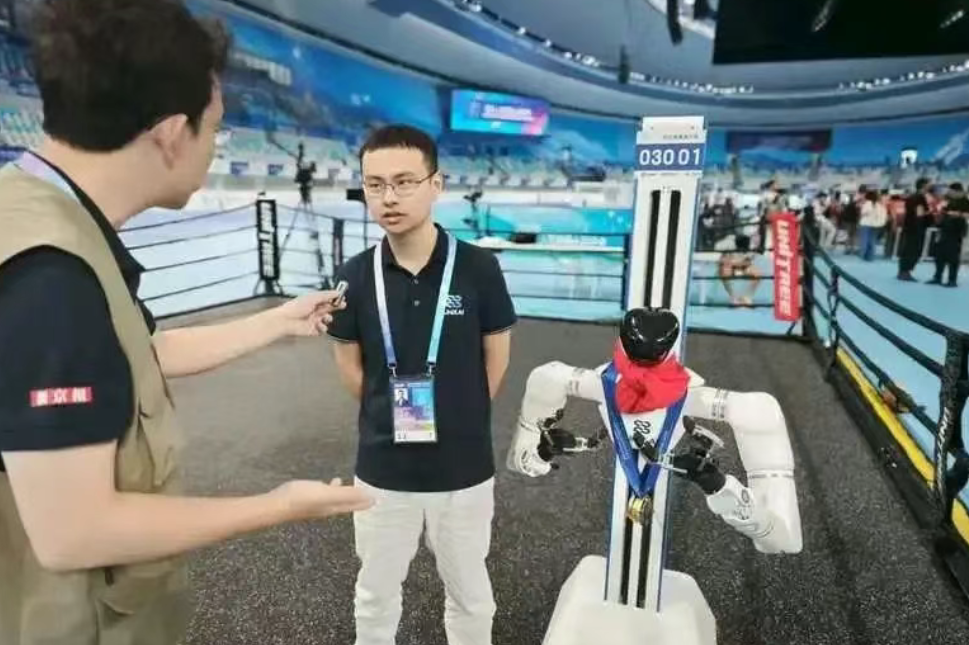China has solidified its position as the world's largest robotics producer. In the first half of 2025, the industry's revenue surged 27.8% year-on-year, with industrial and service robot outputs rising 35.6% and 25.5%, respectively. For 12 consecutive years, China has dominated the global industrial robot market, with industrial robots now deployed across 71 major sectors and 236 sub-sectors, while manufacturing robot density ranks third globally.

Industrial robot exports soared 61.5% in H1 2025, driven by smart cooking, cleaning, and logistics robots that enhance global consumers' daily lives.
Strategic Imperatives for Sustained Leadership:
Core Component R&D: Companies like Dobot and SIASUN are advancing high-precision reducers and servo systems to reduce import reliance
International Standardization: Adapting to global certifications (e.g., ISO/TC 299) ensures compatibility in diverse markets.
Brand Value Enhancement: Humanoid robots like Fourier's GR-3—featuring emotional interaction and elder companionship functions—exemplify China’s shift from volume to value-driven exports.

Beijing is leveraging its strengths in AI and advanced manufacturing to position itself as a global robotics innovation epicenter. Key initiatives include:
Policy Frameworks: Two consecutive three-year action plans (since 2019) have cultivated 30 humanoid robot firms and 57 specialized "little giant" enterprises, contributing to 50% industry revenue growth in 2024.
"Embodied Intelligence" Ecosystem: The city has launched 20 pilot zones for real-world data collection, accelerating R&D in multi-agent collaboration and human-robot interaction .
Application-Driven Innovation: By 2027, Beijing aims to deploy robots across 134 scenarios in healthcare, education, and eldercare, with targets to break 100+ key technologies and develop 10+ globally leading products .

热品推荐